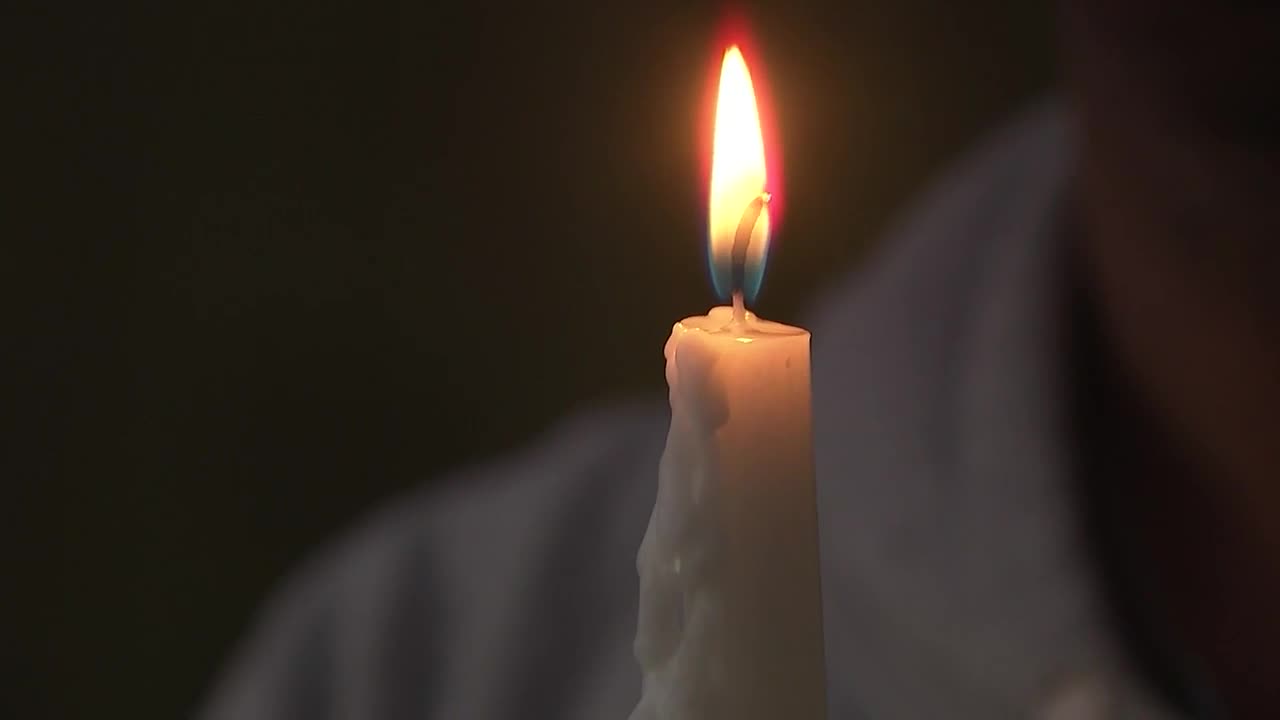AURORA, Colo. — The Arapahoe County Coroner's Office on Monday released the autopsy report of Rajon Belt-Stubblefield, a 37-year-old Black man who was shot and killed by an Aurora police officer on Aug. 30 during a confrontation that followed a traffic stop.
Belt-Stubblefield's family, their attorneys, and members of the community have called the shooting excessive use of force, and believe Belt-Stubblefield could have been arrested peacefully.
"This is yet another body, another body count, for the Aurora police, and the community has been tired," said MiDian Shofner, CEO of Epitome of Black Excellence. "So we're here to say enough, we're not going to take anymore."
Aurora Police Chief Todd Chamberlain, meanwhile, said his officer's actions were justified.
"The actions of the suspects dictate what our officers have to do," Chamberlain said during a Sept. 26 news conference. "I stand by where we are at procedurally. I stand by our policies."
Denver7 has been following this story and the community's push for justice. Read our previous stories below:
- Man dies after being shot by Aurora police during confrontation that followed a traffic stop
- APD chief claims officer who killed a man after an attempted traffic stop tried to de-escalate the situation
- Aurora community members to speak out against recent police shooting
- Bodycam, surveillance footage shows fatal police shooting of Rajon Belt-Stubblefield, whose family responds
- Aurora community continues call for justice during vigil for Rajon Belt-Stubblefield
The officer's body camera and nearby surveillance cameras from 6th Avenue and Sable Boulevard in Aurora captured the moments leading up to the fatal shooting on Aug. 30.
The incident began when an Aurora officer tried to pull Belt-Stubblefield over for a traffic stop. Belt-Stubblefield reportedly fled from the officer and crashed into a pair of cars at the intersection of 6th Avenue and Billings Street.
The officer, who has not been officially identified, approached Belt-Stubblefield’s car with his gun drawn. He made multiple demands for Belt-Stubblefield to put his hands in the air. Belt-Stubblefield disregarded those commands, got out of his car and walked toward the sidewalk.

At that point, about 14 seconds after the initial command, the officer tried to tackle or apprehend Belt-Stubblefield and was unsuccessful. It’s during that first physical contact that Belt-Stubblefield apparently tosses a handgun into the grass nearby.
Roughly 50 more seconds passed between the initial contact and the moment Belt-Stubblefield was shot three times. In those 50 seconds, Belt-Stubblefield could be heard telling two onlookers, one of whom is his son, to “get that [expletive]” while gesturing toward the grassy area where the gun was apparently thrown. The officer can be heard on body camera telling Belt-Stubblefield or the onlookers to “get away from that [expletive] gun."
Belt-Stubblefield advanced toward the officer as the officer backed away, gun drawn, for an approximately 50-foot distance down the 6th Avenue sidewalk. During his retreat, the officer makes multiple commands to “get on the ground,” at one point warning Belt-Stubblefield: “I’ll shoot you.”

In the seconds before he’s shot, Belt-Stubblefield said at least six times, “Are you ready for this?” as his son could be heard saying, “Dad, chill!” and “officer, chill!” and the officer tells him to “get on the ground.”
The officer backs into the roadway as Belt-Stubblefield continues his advance. After retreating roughly four steps onto 6th Avenue, the officer shoots Belt-Stubblefield twice in the body. He then fires a third shot that hits Belt-Stubblefield in the head.

The autopsy report from the Arapahoe County Coroner's Office confirmed that Belt-Stubblefield suffered three gunshot wounds — two to the chest and one to the head. The gunshots resulted in injuries to his brain, right lung, right clavicle and several ribs.
According to the report, Belt-Stubblefield had a BAC of .274 at the time of his death, more than three times the legal limit. The "presence of marijuana metabolite" was also detected in his blood.
During a study of his brain, the coroner found a "gliotic cavity" in Belt-Stubblefield's right frontal lobe, which is consistent with his history of a remote traumatic brain injury and associated seizure disorder, according to the office. The coroner's office said no "additional significant natural disease" was found.
Belt-Stubblefield's death was ruled a homicide.
The case has attracted the attention of Ben Crump, one of the attorneys who represented George Floyd's family. Crump is now representing Belt-Stubblefield's family.
"I mean, you just look at the video and the aggression of the police officer," Crump said at Belt-Stubblefield's funeral.
The case remains under review by the 18th Judicial Critical Incident Response Team (CIRT).
Denver7's Landon Haaf, Claire Lavezzorio and Katie Parkins contributed to this report.





Denver7 is committed to making a difference in our community by standing up for what's right, listening, lending a helping hand and following through on promises. See that work in action, in the videos above.




